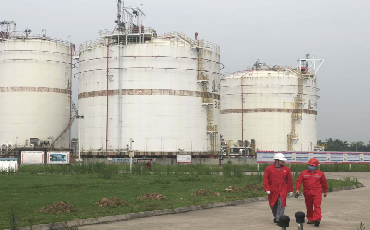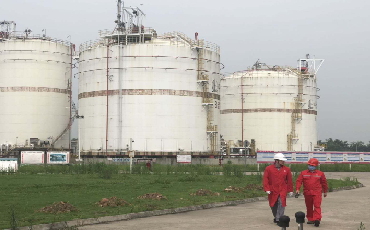refrigeration dryers with molecular sieve can be further classified into three types:
Tube-in-tube refrigeration dryers with molecular sieve operate by cooling a mass of aluminum granules or bronze ribbon that in turn cools the compressed air. As the tube-to-tube refrigeration dryer cycles, a thermometer in the granule mass senses its temperature. As the temperature rises, a switch turns on the refrigeration unit. When the temperature drops to a cut-off point, refrigeration stops. These dryers are designed to produce dew points of 35° or 50° F.

Water-chiller refrigeration dryers with molecular sieve use a mass of water for cooling. An extra heat exchanger is needed to maintain chilled water flow through the condenser, as well as a water pump. Dew points can be between 40° and 50° F. Water-chiller dryers cycle as they operate.
Direct-expansion refrigeration dryers with molecular sieve use a refrigerant-to-air cooling process to produce pressure dew points of 35° F below standard operating conditions. (100° F temperature at compressor inlet, 100 psig, 100° F ambient – from the NFPA standard). No recovery period is necessary, so direct-expansion refrigeration dryers with molecular sieve run continuously. The cost difference between cycling and continuous operation is difficult to calculate. The difference in electrical power consumption between cycling and non-cycling refrigerated dryers is outweighed by the value of continuous operation of the plant’s pneumatic equipment

"Note:This is normal specification, in case of a particular application, specification or requirement, please contact us by email at info@fznewmaterials.com for technical information."
NEWSLETTER SIGNUP
By subscribing to our mailing list you will always be update with the latest news from us.
We never spam!
Copyright © Mingguang Feizhou new materials Co., Ltd. All Rights Reserved. | Sitemap | Technical Support: 